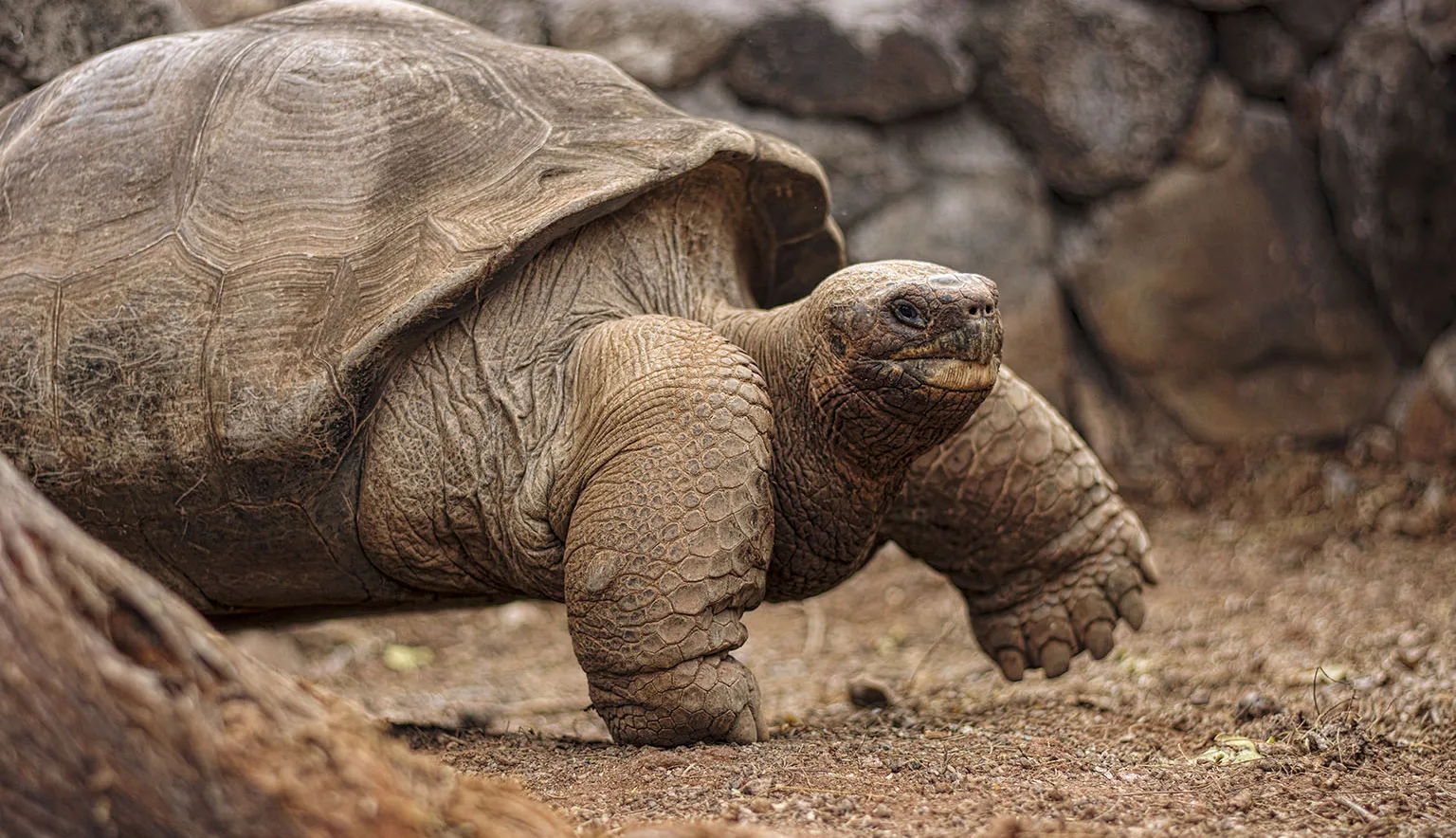Boasting a plethora of magnificent endemic bird species, marine life, and land mammals, one of the Galápagos Islands’ most-known animal groups is the Galápagos giant tortoise. Although they are primarily found on Santa Cruz Island, 13 different species reside across the archipelago and have evolved to survive each island’s unique conditions.
The wallowing and beautiful creatures are the archipelago’s namesake; Galápagos is the old Spanish word for saddle, harking back to the name early settlers used to describe the tortoises with their robust, sturdy shells.
The Galápagos giant tortoise species have been one of the hardest hit historically, with much of the population being exploited during the 18th and 19th centuries, resulting in them becoming critically endangered.
As such, there has been considerable conservation efforts in recent decades to help restore these groups, including tortoise breeding and rearing programmes.
The most famous place to see the Galápagos giant tortoise in captivity is the Fausto Llerena Breeding Centre in Puerto Ayora. Here, visitors can see a vast range of species as well as gain a unique insight into how these creatures have evolved and the importance of protecting them.
Elsewhere, Galápagos giant tortoise populations are typically sighted in greener natural habitats across the islands’ highland areas, particularly in specialist reserves.
Notable farms include Rancho El Manzanillo, Rancho Primicias, and El Chato Ranch, where the tortoises roam free amongst an abundance of flora and fauna.
Visitors can also catch a glimpse of these majestic creatures on Volcán Alcedo between the months of June and December.






















